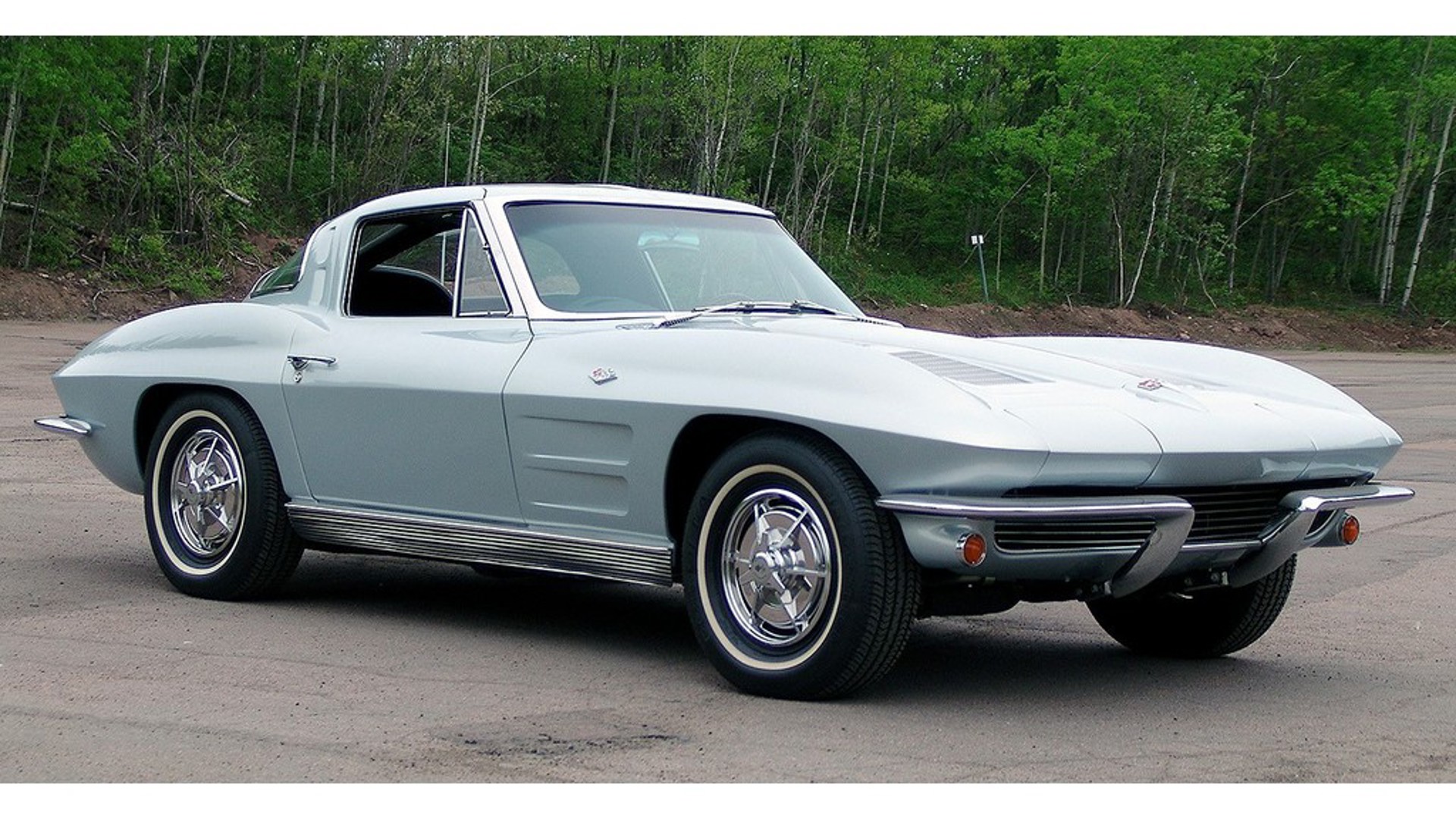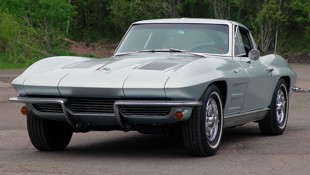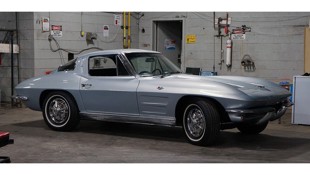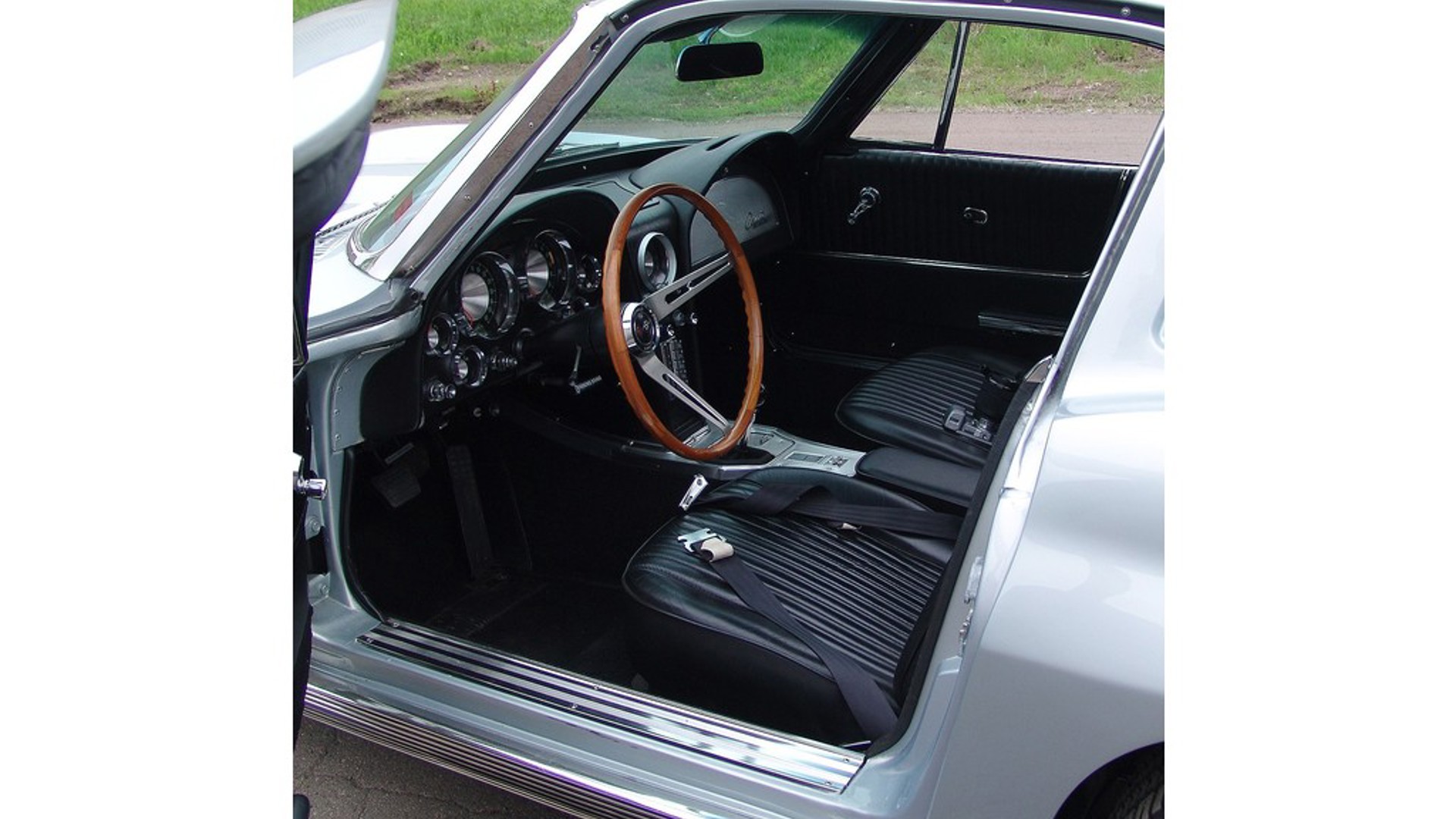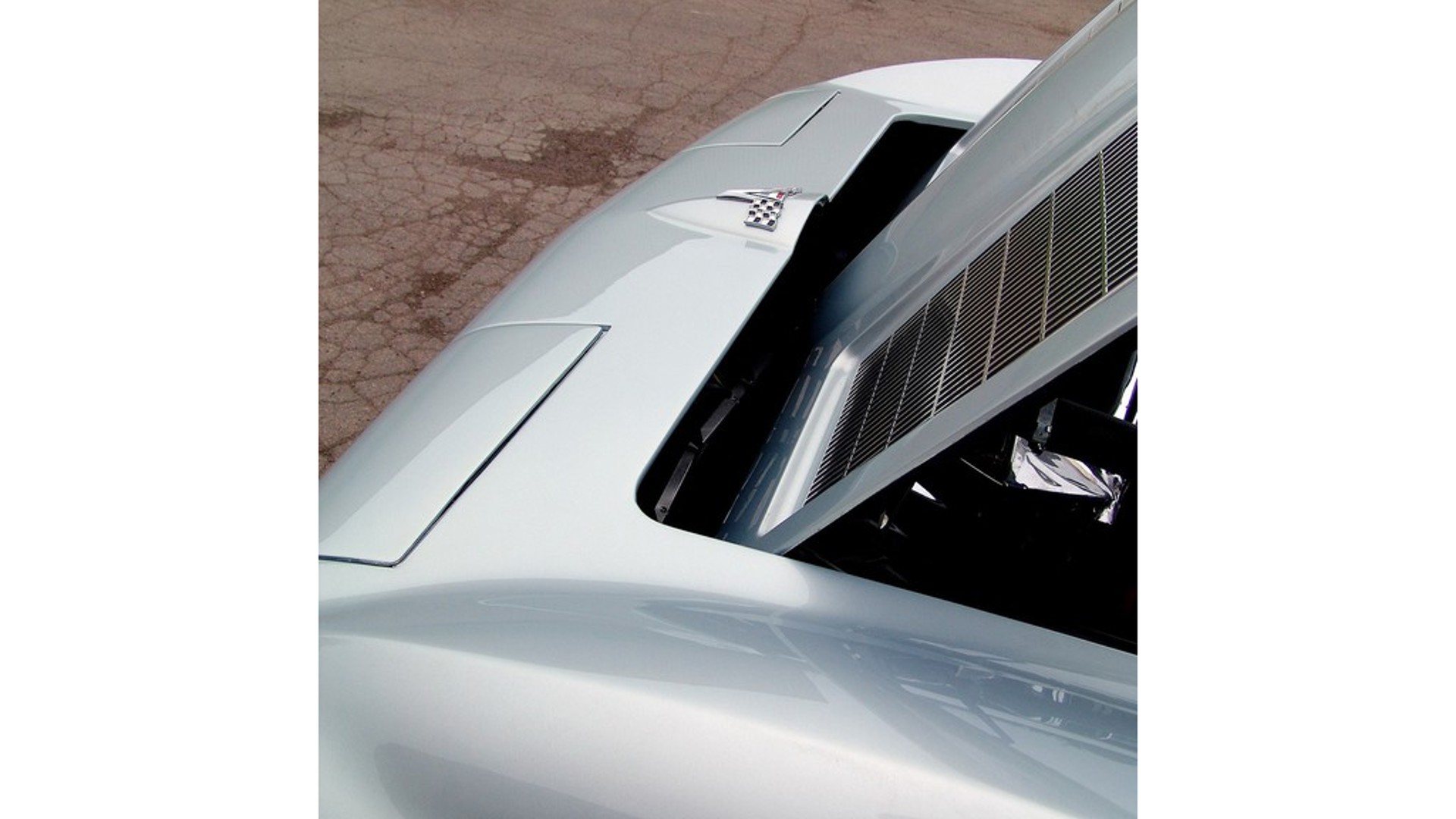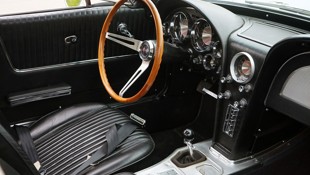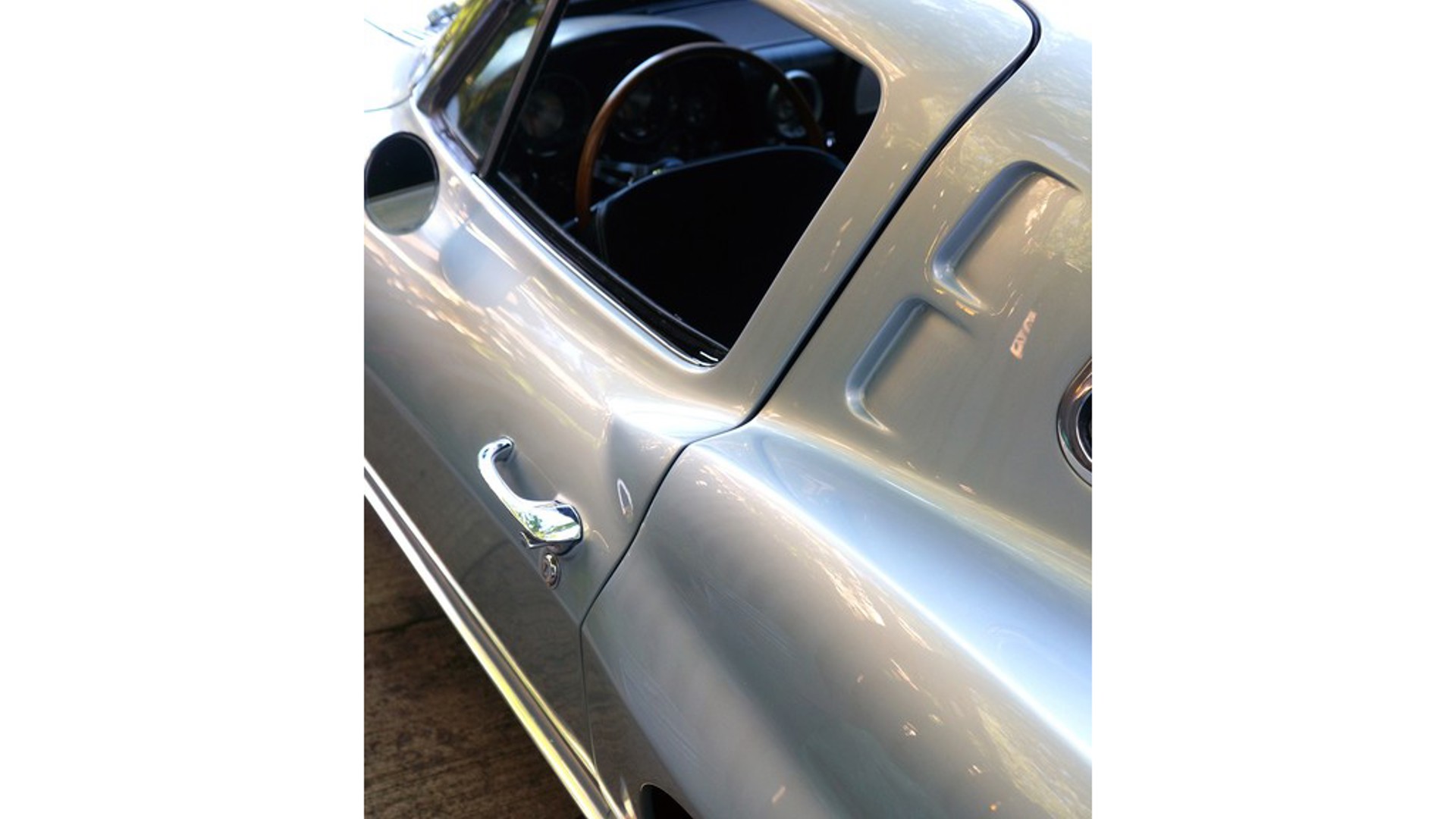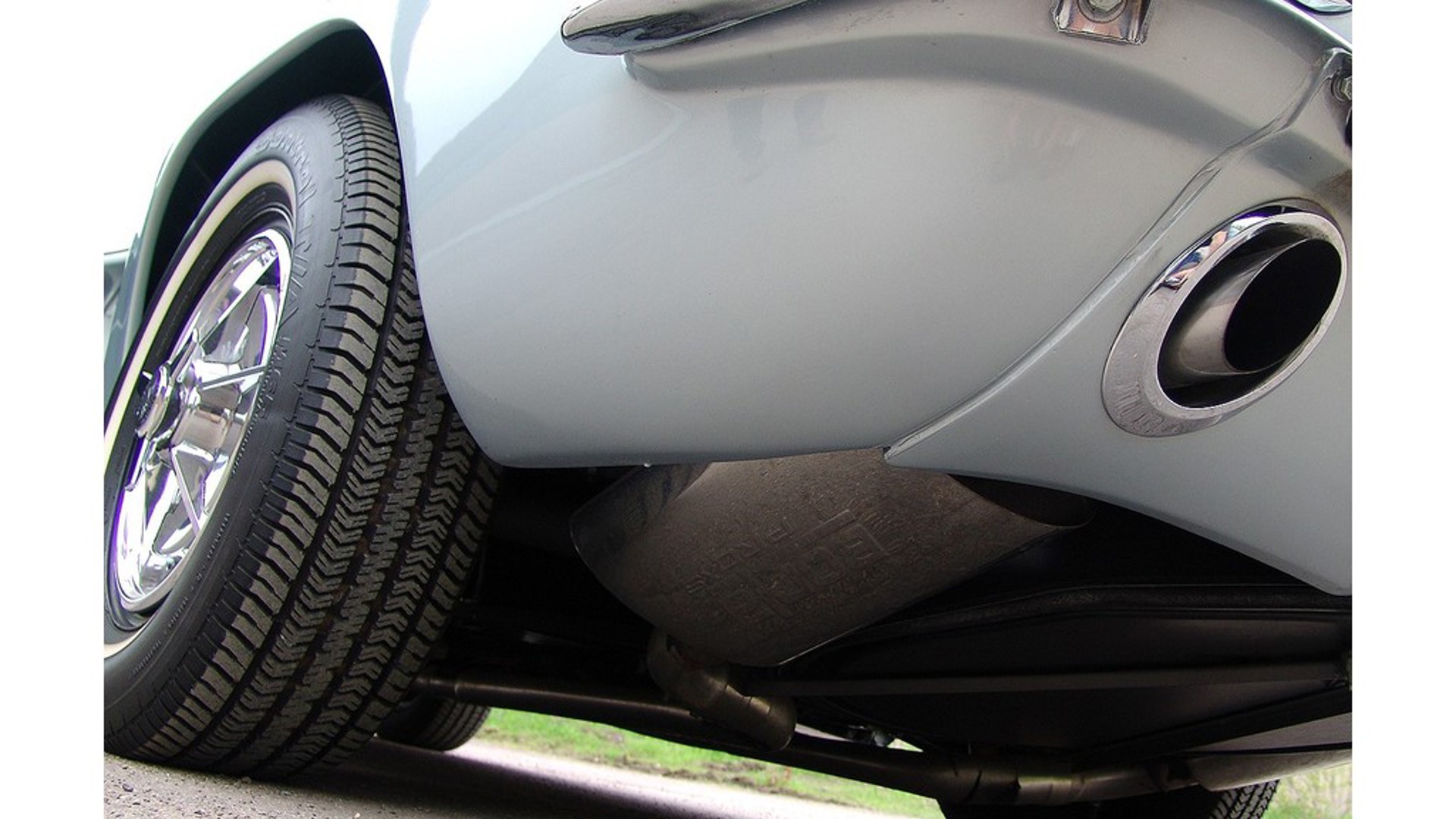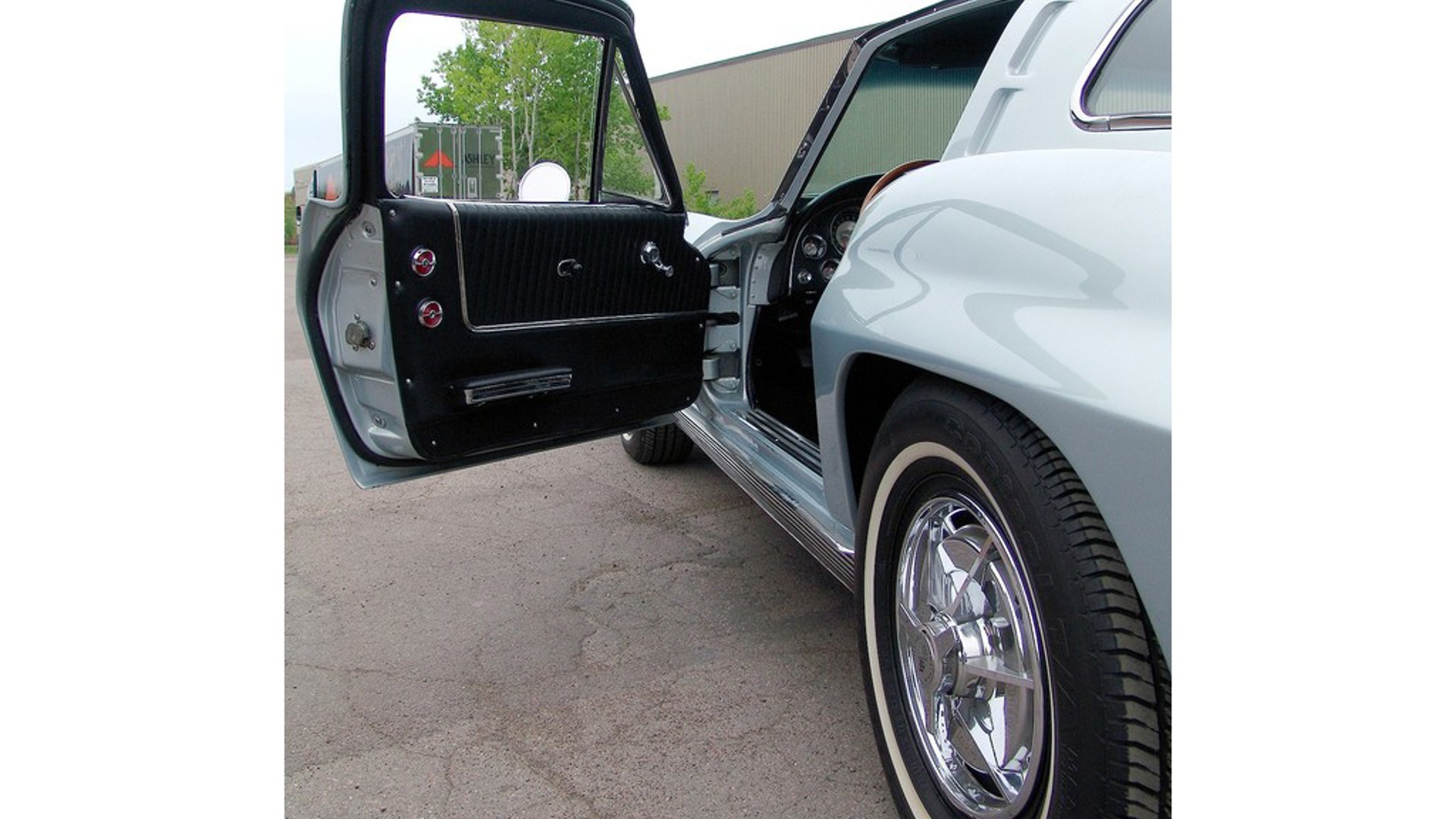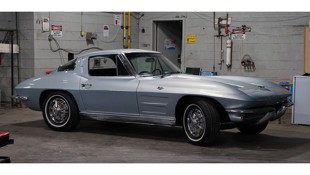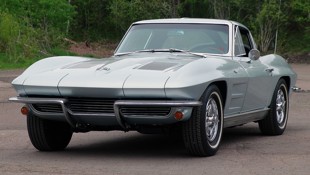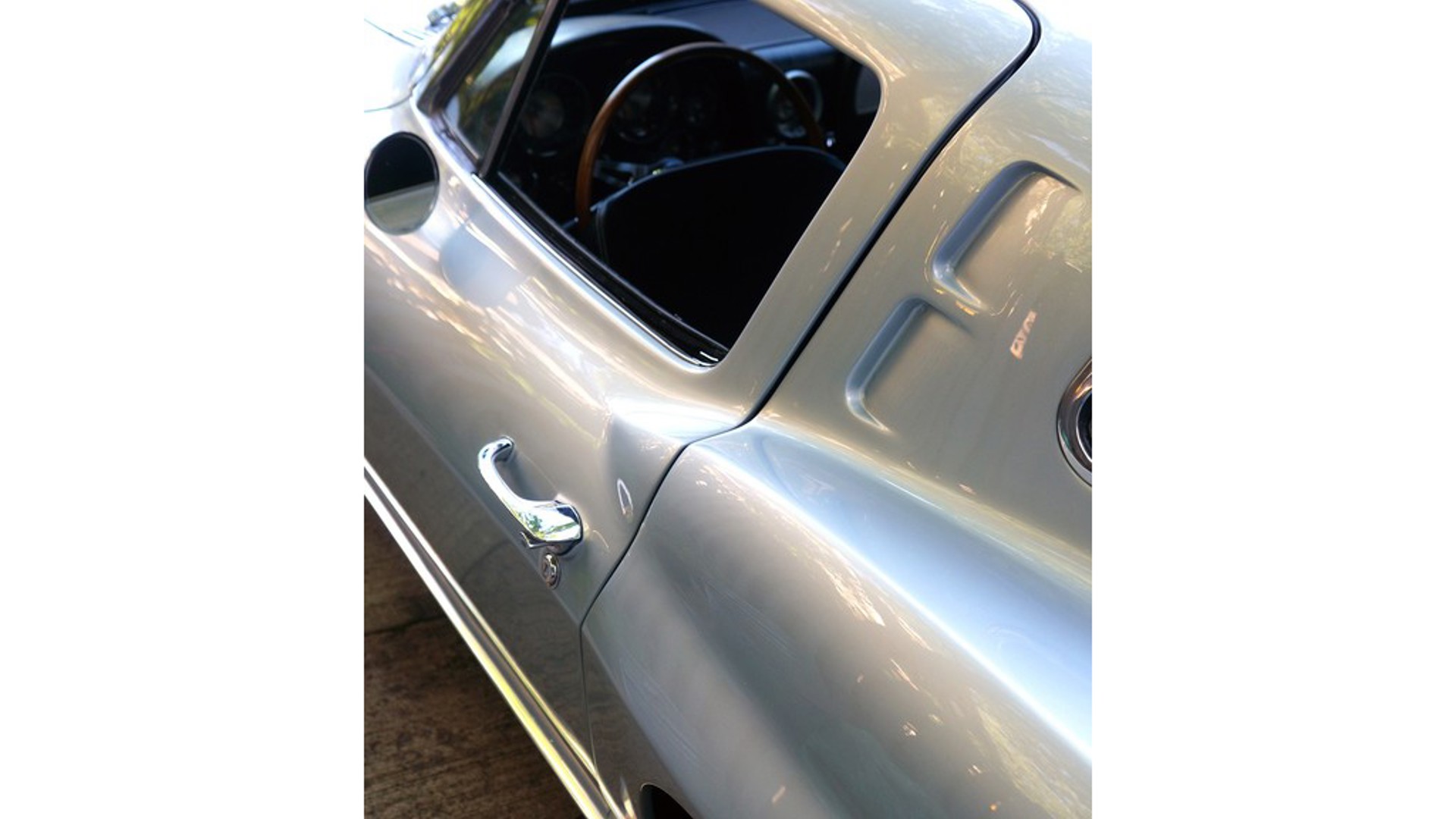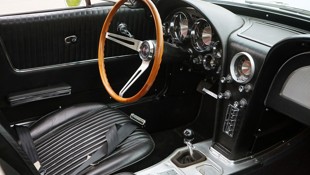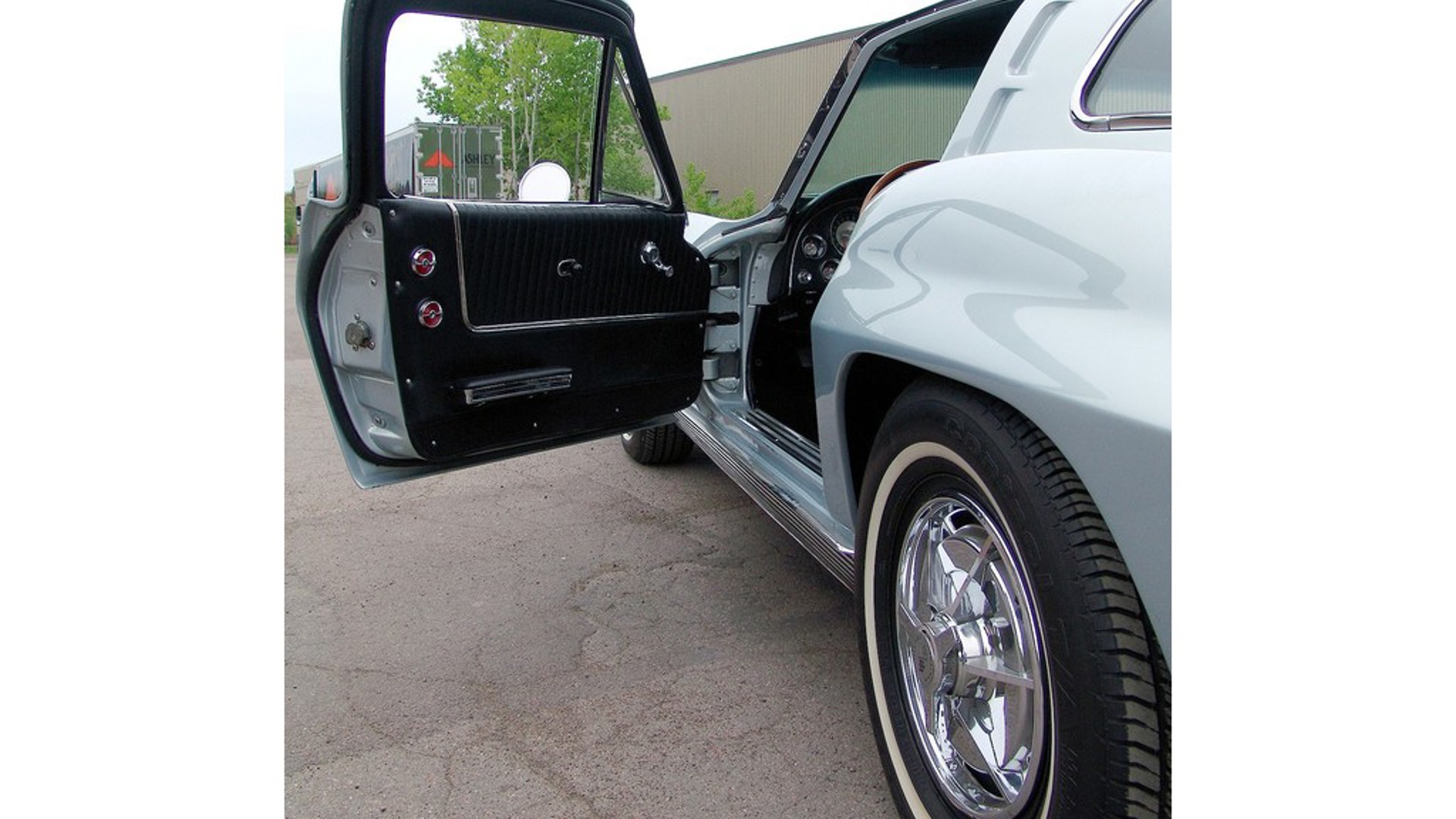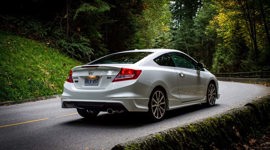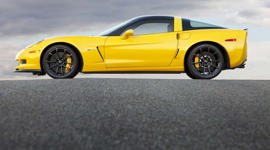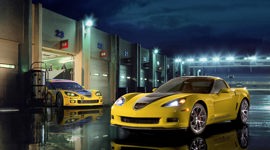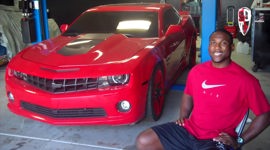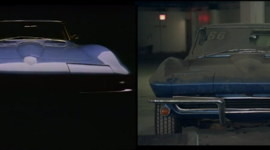Our Find of the Week this week is a classic sports car. One that really split opinions inside the company that made it. It's a one-year-only Chevrolet Corvette. The split rear window that looks so good but only lasted a single year.
In 1963, the second generation of the Corvette arrived. It pioneered a number of Corvette features that stuck around for generations, and a few that Chevrolet still uses today. This was the first Corvette coupe. It was the first with pop-up headlights, a feature that lived until the sixth-generation car. It was also the first to use the Sting Ray name.
The fastback design looked straight out of the future in 1963. The pop-up headlights were the first on an American car since 1942, mounted in rotating pods. The coupe doors cut into the roof, allowing easier access and that low roofline. The fastback design would later inspire the 1971 Buick Riviera's classic boattail.
And then there was that split rear window. GM designer Bill Mitchell was known for a fascination with marine life. The stingray, mako shark, and manta rays - all names GM would use on production cars or prototypes - were his inspiration. The 1963 Corvette's styling echoed those, and the split window was part of the car's spine. The line runs from bumper to bumper over the roof of the car and the split window helps tie that fish resemblance together.
But this was an instance when style trumped function. That big metal strip cut into rear visibility, generating complaints. It also made the car more expensive to make, needing two windows, more weather stripping, and more labour to install. And the other big name on the Corvette team, engineer Zora Arkus-Duntov, didn't like it. So the two-piece rear window lasted just one year: 1963. It made those second-generation Corvettes very rare, but it also made them some of the best looking of all.
The new Corvette was more than just looks, though. It had a new chassis, with a shorter wheelbase and faster steering. The rear suspension was independent with a transverse leaf spring. A system Chevrolet still uses on the current Corvette.
Our Find of the Week is a fully restored 1963 Sting Ray coupe. It was purchased in the US in the early 2000s, but didn't quite match the original description when it arrived. Plus it was red instead of the factory silver. So the current owner had it completely restored. The list of what has been covered in the restoration is almost as long as the parts list for the car.
It started with the fibreglass body, which has been removed from the frame, repaired, and repainted in Sebring Silver. The frame and chassis parts were sandblasted and painted. The seller said that the shop that did the paintwork has done show car paint jobs for GM.
The bumpers were re-chromed, the badges were replaced, the exterior trim was polished. New door handles, hood grilles, and light bezels complete the refreshed look.
Chevrolet offered four 5.4L V8s that year, with power levels up to 360 hp. This one is the original for the car and made 300 hp from the factory. But it's seen some upgrades since then. Like 10.8:1 compression ratio pistons, and ported and flow-tested cylinder heads with larger valves. Plus a new Comp Cams hydraulic camshaft. All sitting under the factory aluminum intake and rebuilt carburettor. Along with some ignition upgrades and a more free-flowing exhaust, the seller says it has been dyno tested to produce 391 hp and 403 lb-ft of torque.
The transmission is a Muncie four-speed manual. It's been taken apart and rebuilt, with a new clutch installed. The rear limited-slip differential has been rebuilt and fitted with a 3.90 rear gear for quicker acceleration.
Getting the car stopped are new rear drums, and a big front upgrade. All '63s came with drum brakes at all four corners. This car has been fitted with power front discs, making sure it can stop. And more importantly, keep stopping if things are getting warm.
Underneath, this car has gotten an updates street and slalom suspension package that adds modern shocks, front and rear sway bars, a lighter composite rear spring, stiffer springs, and modern bushings. All things that should firm up the chassis considerably from its 1963 origins.
Inside, it has an original gauge cluster and factory dash. the headliner is leather, and the seats have gotten new foam and leather that matches the original factory vinyl look but in much nicer materials.
Summer has just arrived in Moncton, NB, where this car is for sale. But there's still plenty of time for cruising. And hauling, in this 400 hp Corvette.
